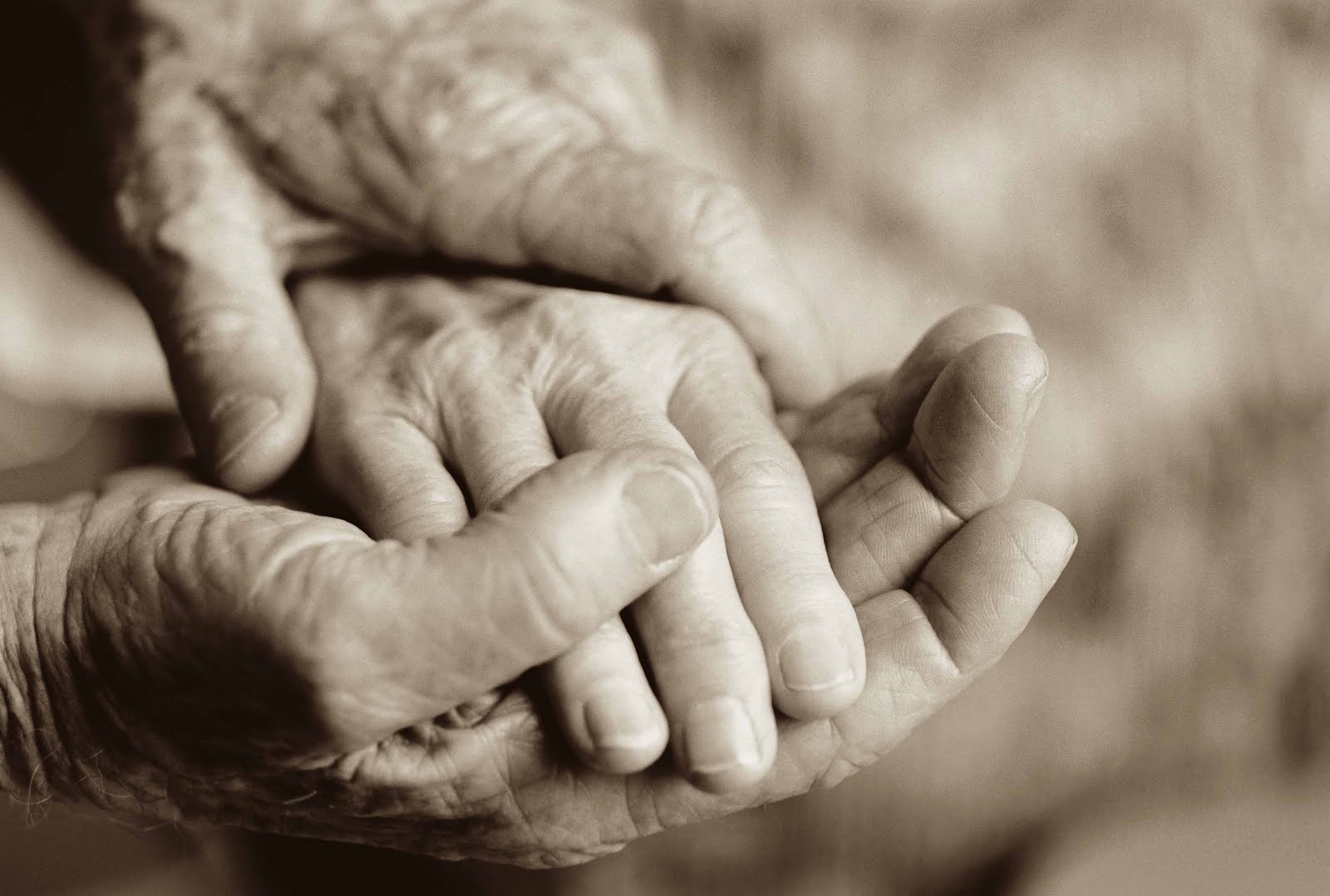Toward Unity: Understanding Hatred & Love in Love’s Dance
بِسۡمِ ٱللهِ ٱلرَّحۡمَـٰنِ ٱلرَّحِيمِ
Dr. Alan A. Godlas wrote, “Hatred tries to move to Unity by annihilating difference, either by attempting to destroy the other through murder, total subjugation and control of the other, or by expressing barrages of rage; or as unconscious self-directed hatred that attempts to destroy one’s own individuality through suicide or through self-repression in the service of ‘group think’ such as in blind patriotism or cultic identification.
Love, on the other hand, meaning mature loving on the way to ever-increasing intimacy, uns, savours each moment of difference or similarity, outwardly recognising difference or similarity, while inwardly embracing, with a sip of unconditional gratitude, the discomfort of separation or the joy of union, whichever one appears, from one moment to the next.
This is why, on the path of loving, fana’, translated as ‘annihilation,’ is at best poetic or ecstatic hyperbole or exaggeration, and at worst a misleading and dangerous translation. A far superior translation of fana’ is ‘passing away,’ understood as ‘passing away’ from compulsive separateness and from habitually placing conditions on one’s choice to love. This is also why, on the path of loving, love is a continual dance.
In this dance of love, true passing away, rather than self-repression, self-denial, or self-annihilation, is a two-step dance, in which the first step is to make a momentary choice to surrender into the Arms and Face of the Beloved, by means of a grateful and unconditional embrace of one’s experience of difference and separateness or union, whichever one happens to experience. The second step follows naturally, and is the experience of a reawakening to a degree of difference from the Beloved, while one is still savouring the Union, which experience is called ‘baqa’’ in Sufism, translated as ‘subsistence’ through and in God’s Unity.
For the dance to continue fluidly, the trick is to remember, as quickly as possible, to repeat the first step. The difficulty with this, however, is that in the course of the second step, our dancing partner, our Beloved, may Show us a degree of Intimacy or a quality with which we are unfamiliar. While on the one hand, this gives us the opportunity to deepen our intimacy and increase the maturity and unconditionality of our love; on the other hand, especially for those relatively new to such a dance, our habit is to respond to the strange new appearance of our partner and the uncomfortable feelings that we have by forgetting that such strangeness and discomfort is in fact a New Look of our Beloved.
This forgetting enables us to avoid facing the discomfort of the new look or quality of the Beloved. We facilitate this forgetting by habitually framing such discomfort in familiar ways that justify our avoidance, ways such as justifiable dislikes such as ‘I am bored,’ ‘I am afraid,’ or ‘I am disgusted,’ or justifiable needs such as, ‘I need some space,’ ‘I need a cigarette,’ or, ‘I need to be treated fairly.’ Such a forgetting results in our further efforts to spurn the advances of what now appears to us to be a complete stranger, some ugly and distasteful other that we must avoid at all costs. In a worst-case scenario, this can result in hate.
Fortunately for us, in spite of our best efforts to flee, our Beloved partner never leaves, continually Inviting us to resume the dance.”




Comments
Post a Comment
Thank you for taking the time to share our thoughts. Once approved, your comments will be posted.